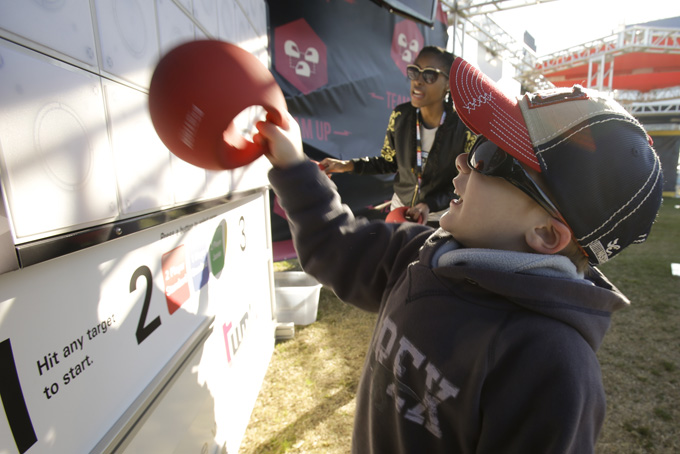
WASHINGTON (AP) — It takes a lot of geometry and physics to get a race car to go 200 laps at speeds that can top 200 mph.
In a nod to the often overlooked science behind races like Sunday’s Daytona 500, NASCAR announced Friday a commitment to promote “STEM” — the buzzword for science, technology, engineering and math — inside classrooms and out.
The NASCAR Acceleration Nation initiative focuses on the three D’s of speed — downforce, drafting and drag — and includes instructional materials for teachers.
The effort is a way for NASCAR to show the fun side of engineering and math and to encourage fans to view NASCAR in a new way, said Brent Dewar, NASCAR’s chief operating officer.
“A lot of people see cars racing and they love the sport for the sporting element of cars winning, and racing and passing,” Dewar said. “Behind all of that is pure science. It’s the horse power, and it’s drag and it’s aerodynamics.”
Driver Carl Edwards was a substitute teacher in Columbia, Missouri, long before he became known for his back-flip off cars after winning races. For him, one of the biggest teaching challenges was keeping students’ attention, and he hopes that bringing race cars into science discussions will spark interest.
Edwards said that with every lap, scientific data is involved, from tracking the statistical probability of crashing at different parts of the race to the amount of fuel used by the engine at different speeds in various throttle positions. Although he said he still uses the science and math he learned in school, Edwards wishes he’d learned even more.
“You can take any part of the car and talk about how it was engineered and why it’s designed the way it is to interact with the rest of the race car, and there’s a physics or a math or a science lesson in any of that,” he said.
As part of the initiative, NASCAR partnered with publisher Scholastic Corp. to develop fact sheets and quizzes primarily for middle school teachers focused on aerodynamics. An example of topics addressed: Why can race cars in a drafting formation lined up behind each other go faster than cars moving solo? (The answer is that the air acts like a vacuum and sucks trailing cars forward; leading cars also get a boost because the trailing cars push high-pressure air over the leading cars’ spoilers.)
About 7,400 kits will be mailed to teachers initially, but teachers can also go online to download the material and view online demonstrations. The effort includes a website for fans with math and other games and an interactive play area that children and teens can visit on race days.
NASCAR’s effort is part of a larger push in both the private and public sector to promote STEM out of concern for the nation’s global competitiveness and because of strong projected job growth in those fields.
Michael Lynch, a NASCAR executive involved with the effort, said NASCAR is tracking how students do on a quiz before and after using the material, so they can see what works and what needs to be changed.
NASCAR wouldn’t say how much it’s spending on the STEM-related activities.
___
Online: https://www.accelerationnation.com/